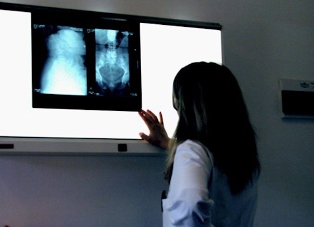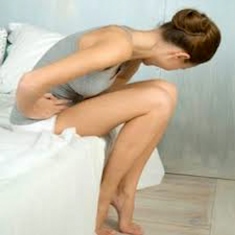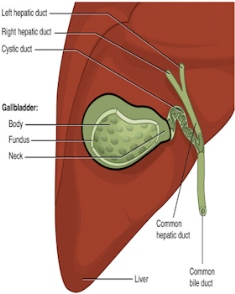
Gallbladder cancer is a comparatively unusual type of the illness in which malignant cancerous cells are formed in the tissues of the gallbladder. Gallbladder cancer incidence demonstrates uncommon geographical and racial variations. It's usually seen in the individuals residing in Northern India, Central and Eastern Europe, Japan and Central and South America. It's also found in some ethnic groups including Native Americans and the Hispanics. Recently, the incidences of gallbladder cancer are rising at an alarming speed in China and North and Central India.
The gallbladder is a pear shaped organ which lies immediately below the liver in the top abdomen. The function of the gallbladder would be to keep bile - a digestive fluid generated by the liver to digest fat. It discharges this bile when the food particles are being digested in the gut and intestines. The wall of the gallbladder consists of 3 important layers of tissues, specifically: serosal (outermost)layer, muscularis (middle muscle)layer and mucosal (innermost) layer. Between these three layers is an encouraging linking tissue. Gallbladder cancer begins in the mucosal innermost layer and grows through the outer layers as it develops.
The risk factors for gallbladder cancer include obesity, age and sex. This kind of cancer is up to five times more common in girls than in men. It's generally understood to influence men and women in the age groups of 60 and 50 years. Obesity is, in addition, understood to raise the risk of the incidence of gallbladder cancer.
Gallbladder cancer is difficult to diagnose at an early period. Noticeable symptoms of the disorder include fat loss, weakness, nausea and vomiting, pain in the top section of the abdomen, loss of appetite and jaundice. These symptoms could also be caused because of specific other medical conditions. Therefore, a physician ought to be consulted if such symptoms are noticed.
Though gallbladder cancer is an uncommon type of cancer, it's the fifth most common type of gastrointestinal tumour (after pancreas, colon, stomach and esophagus). Gallbladder cancer largely starts in the innermost layer of the gallbladder. It slowly develops on to the outermost layer. If left untreated, it can propagate to liver, the bile duct, duodenum and belly. The illness is usually diagnosed at a subsequent period, which makes it difficult to treat. The many treatment options include surgery, radiation, chemotherapy or a mixture of these. But, the best treatment for gallbladder cancer is the surgical removal of the gallbladder.
Gallbladder cancer is the formation of tissues in the gallbladder. To begin your treatment, it's vital that you understand what's the period and form of the cancer so that physicians would understand other treatment alternatives are needed or if operation will do.
Analysis of gallbladder cancer is done in manners that were following -
Physical examination and history: Assessment of the human body is carried out to assess general signs of health, including checking for indications of disorder, like lumps or anything else which is apparently uncommon. Usually, history of the individual 's health habits and past illnesses and treatments are considered.
Blood Test: A sample of blood is taken from the individual to be able to assess for amount of bilirubin. Bilirubin is a substance which makes the bile yellow. Thus, in the event the amount is discovered high, it demonstrates that something is wrong either with the liver or the gallbladder.
Ultrasound: Ultrasound is a technique which uses high frequency sound waves to be able to make images that are accurate. The picture of gallbladder will likely be produced to check if something is incorrect with the gallbladder. The apparatus is connected to the tube & is added through surgical incision or through mouth.



